There can be your advertisement
300x150
7 Signs of Poor Repair That Are Immediately Visible
Uneven walls — that's only half the problem
Poor repair cannot be hidden behind designer furniture or trendy color palettes. It's visible right away, especially to those who have gone through construction work themselves. Mistakes are often made in a hurry, saving money on rough materials or neglecting technology. The result is cracks, misalignments and discomfort that's felt even in new walls.
We break down the signs by which you can easily recognize poor work. These signals are worth remembering not only for those planning a renovation, but also for those buying an apartment with finished interiors. This way you'll have more chances to avoid mistakes, fix everything in time or even refuse a clearly poor deal.
Gaps Between Baseboards and Walls
If the baseboard doesn't fit tightly against the wall, this is a warning sign. Such gaps not only look untidy but also indicate crooked walls or poor fitting. Often, craftsmen don't spend time leveling and just hope no one will notice.

In designer Alla Kunicyna's project, aligned baseboards and door casings emphasize the geometry of openings and make the finish neat.
In reality, the eye is drawn to details first. Dust accumulates in gaps and cleaning becomes a problem. Good renovation always means tight, clean joints with no gaps.
Cracks on Walls and Ceilings
Even small cracks are a sign of violated technology. Usually, they appear due to poorly prepared surfaces, low-quality spackle or lack of reinforcement.

Ekateryna Khotim's work is an example of proper finishing: smooth walls without cracks and clean lines emphasize the modern character of the interior.
If cracks run along gypsum board seams, it's a gross installation error. What is even worse, defects only worsen over time: initially just an aesthetic issue, but when plaster flakes off in pieces — it becomes a safety problem.
Twisted Outlets and Switches
A tilted outlet seems like a minor issue until you start looking at it every day. Outlets are often installed 'by eye' or without a level, especially when hurrying to finish the finishing work. There are also more serious issues — non-working outlets, a loose mechanism or sparking.
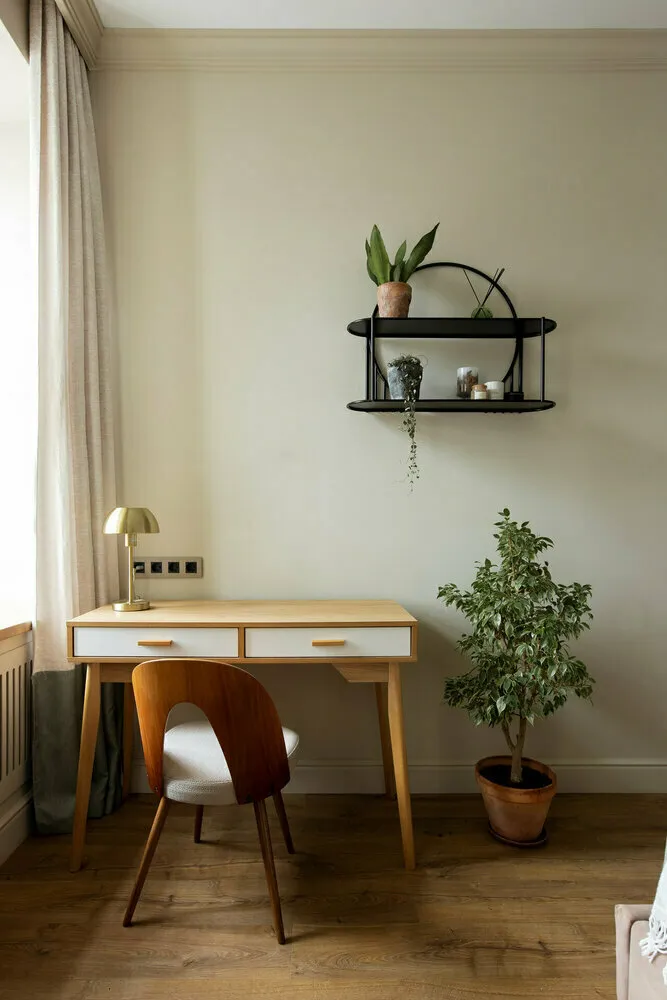
In Valeriya Dolgikh's project, outlets are aligned horizontally and perfectly integrated into the workspace composition.
All of this indicates carelessness and possible danger. Electrical work is hard and expensive to redo, so it's important to check it immediately.
Small Tiles Without Corner Cuts
If you see a narrow strip of tile barely glued in the corner, you're looking at rushed or unprofessional work. Tiles are often laid 'from the door' or 'from the corner', without calculating how they will align in the end.

In Maria Sablina's project, the tiles are laid precisely level with even joints — neat geometry makes the kitchen visually cleaner.
When renovation is done properly, tiles are laid symmetrically with prior layout planning to avoid tiny cuts and crooked joints. This is especially critical in bathrooms and kitchens — here, a mistake catches the eye immediately.
Improper Door Frames and Sills
If after window installation you see gaps, uneven door frames or protruding construction foam, this is a clear failure. Often these works are assigned to separate teams and chaos begins at the junctions.
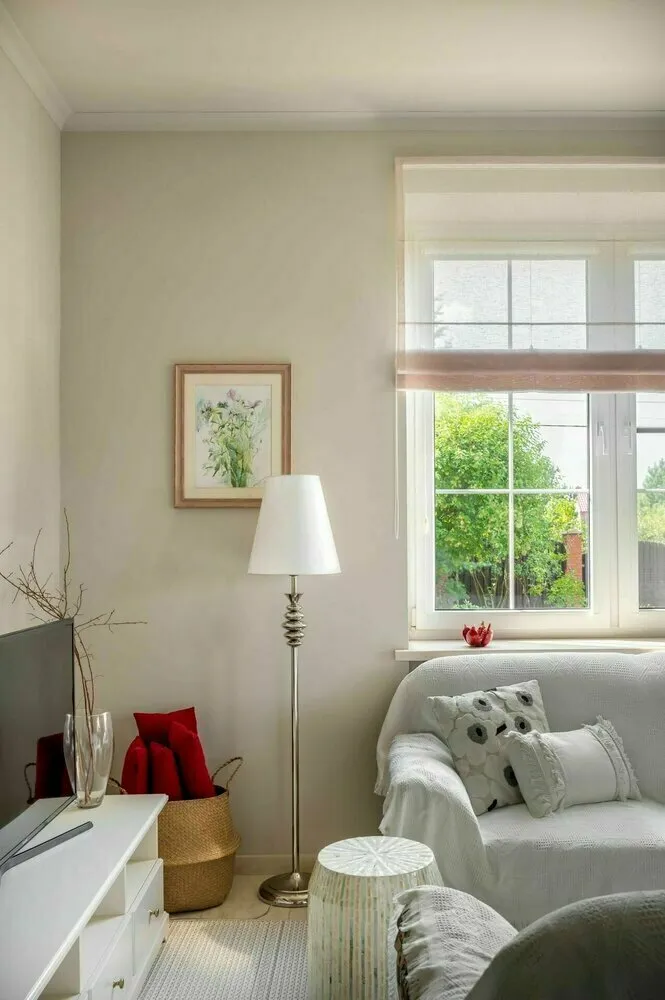
In Elizaveta Matveyko's interior, the sill is installed perfectly and neatly: no gaps, cracks or misalignments — everything looks like a single whole.
Good door frames are smooth surfaces, without visible joints, with neat attachment to the sill. Bad ones have unevennesses, peeling paint and cracks within six months. It's not just about aesthetics but also heat loss and risk of freezing.
Uneven Floors
The floor may seem level until you place a chair or cabinet on it. If furniture wobbles, the door of the wardrobe doesn't close properly — most likely, it's due to poor screed. Dishonest craftsmen pour the mixture 'by eye' or don't use a laser level. The result is unevenness across the entire area.
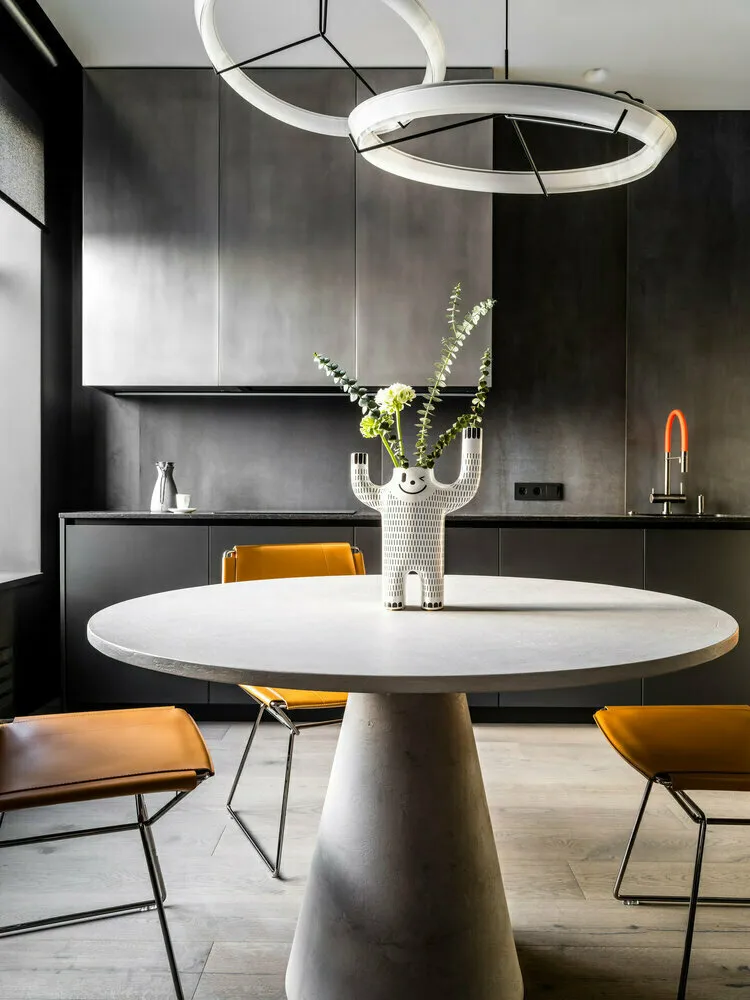
In Karen Karapetyan and Anna Prokhorova's interior, the floor is properly leveled: no unevennesses, creaks or gaps.
Leveling the floor should be done with guides, level control and technological breaks. Otherwise, no laminate will save the situation.
Inconvenient Switch Placement
If you have to walk around the bed to turn off the light, it's a sign of poor planning. Some pull electrical wiring by template without considering furniture and residents' movement scenarios. A switch behind a cabinet, an outlet under the radiator, a boiler point at the other end of the bathroom — familiar consequences of thoughtless approach.

In Evgeny Shevchenko and Oxana Zavarzina's project, outlets and switches are placed symmetrically and at a convenient height — they perfectly fit into the bedroom composition.
With proper planning, outlets and switches not only function without issues but are also placed exactly where it's convenient.
What to Look for Immediately
Before signing an acceptance act or agreeing to buy an apartment with finishing, go through these points:
- Check baseboards and door casings for gaps or misalignments;
- Inspect ceilings and walls for cracks and waves;
- Place a chair or stool: if it wobbles, the floor is uneven;
- Check all outlets and switches with a level and test their function;
- Walk through the tiles in the bathroom: pay attention to corners, joints and laying;
- Inspect sills and door frames — look for signs of construction foam or misalignments;
- Visualize furniture placement — are outlets and lighting conveniently located.
More articles:
 Before and After: Second Life of a 'Tired' 8 m² Kitchen
Before and After: Second Life of a 'Tired' 8 m² Kitchen Small Entrance Hall 4 m² with Thoughtful Storage
Small Entrance Hall 4 m² with Thoughtful Storage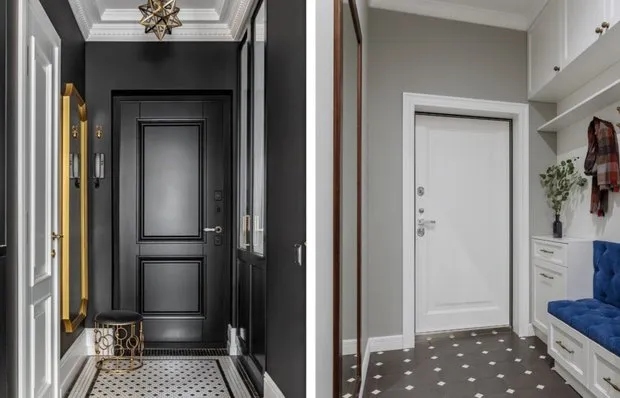 How to Make a Narrow Corridor Wider: 7 Simple and Effective Ways
How to Make a Narrow Corridor Wider: 7 Simple and Effective Ways 8 Most Anticipated Movies and Series of Spring 2025
8 Most Anticipated Movies and Series of Spring 2025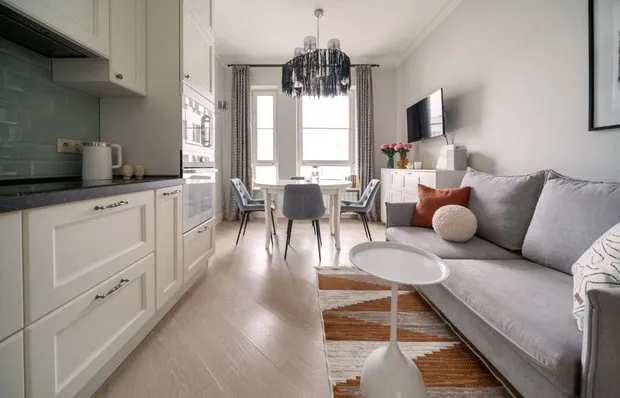 How We Transformed a Panel Apartment in 3 Days for 208 Thousand Rubles
How We Transformed a Panel Apartment in 3 Days for 208 Thousand Rubles 7 Cool Ideas We Spotted in a Small Stalin-era Apartment
7 Cool Ideas We Spotted in a Small Stalin-era Apartment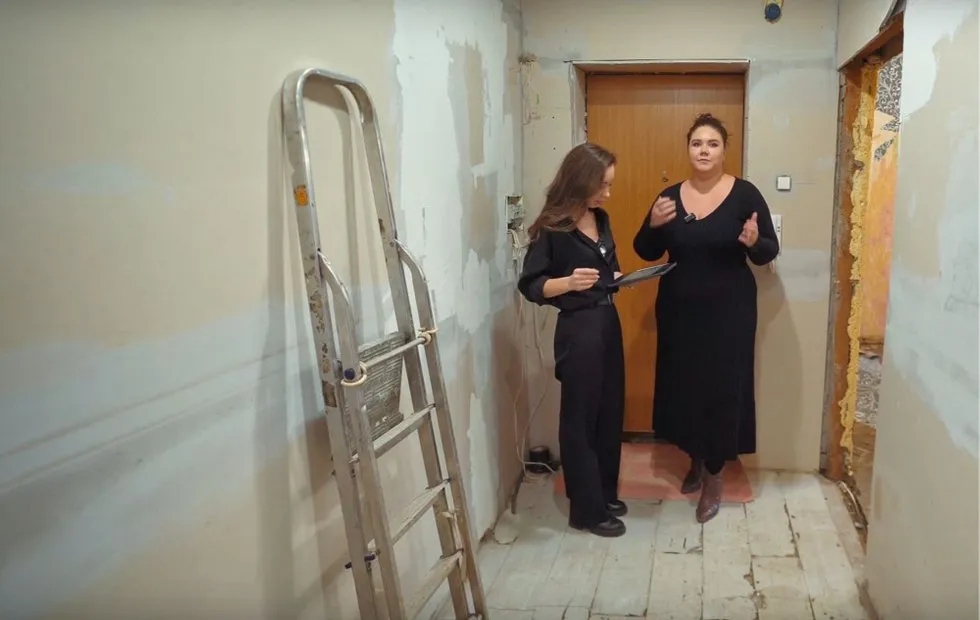 Communication Nightmare: How We Defeated 7 Types of Pipes in a Stalin-era Apartment and Saved 400 Thousand
Communication Nightmare: How We Defeated 7 Types of Pipes in a Stalin-era Apartment and Saved 400 Thousand 5 Bright Designer Solutions for the Kitchen
5 Bright Designer Solutions for the Kitchen